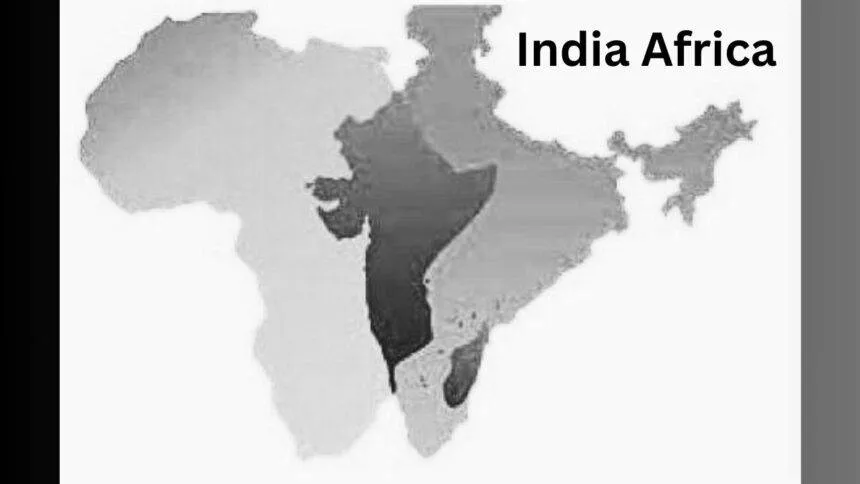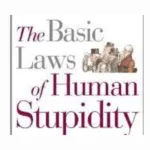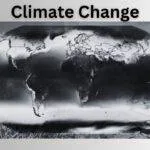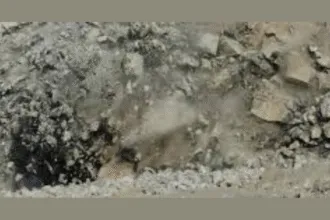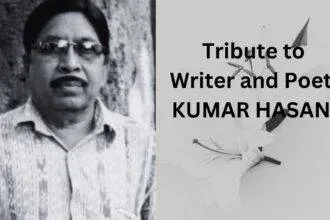Introduction
Global demand for many critical minerals is growing rapidly. Accelerated demand forecasts are largely based on assumptions regarding a global transition to nonfuel-based energy sources, including high-end batteries for electric vehicles and power storage. Critical minerals are also essential to powering all manner of consumer electronics, medical supplies, and high-performance metals and engines, including those used for defence and military applications. Regardless of how market and policy factors may change the trajectory of an energy transition, demand for key critical minerals is likely to grow as economies worldwide increasingly electrify and modernise. To avoid being shorthanded and vulnerable to export controls and potential market manipulation by geopolitical competitors, it is imperative for India to diversify its critical minerals supply chains.
Favourable Climate :
Africa can play an important role in strengthening critical supply chain security for India. India has historically had strong ties with many African countries, dating back to the days of anti-colonial struggles and solidarity movements. India’s cultural links and the presence of a large Indian diaspora over there are added advantages to extending relations in mineral sectors. Its engagement with Africa in recent years, with initiatives like the India-Africa Forum Summit and the Line of Credit programme support infrastructure projects in African countries, has been quite visible. India has courted several African nations under multilateral initiatives such as the International Solar Alliance and Global Bio-fuel Alliance.
The African Union’s entry into G-20 heralds a new chapter of India’s increasing footprints in the African continents. Besides commercial consequences, AU’s permanent G-20 membership will be crucial for a just, equitable, more inclusive and representative global architecture and governance for the one billion odd Africans because India has put emphasis on the “human-centric” development of the developing world. PM Modi floated the idea of the inclusion of AU in G-20 last June in the Delhi G-20 summit. “In Voice of the Global South” summit in January this year, in which most of the 55 countries of AU participated. It is a reflection of the intensity of New Delhi’s engagement with Africa, which got a fillip when more than 40 heads of State & Government came for the 3rd India-Africa Forum Summit in 2015.
India has been a significant importer of minerals from Africa. African countries have relied on India’s expertise in mining technology and investment. The total trade in mining & mineral sector between India & Africa since 2001 stands at $ 43.13 billion, with an export-import proportion of 22.7% and 77.3%, making India a net importer in this sector.
China invested in African continent lavishly, but it has reportedly generated a lot of discontentment in African countries because of Chinese style of investment & implementing development projects.
- Reasons: Most of the Chinese financing to Africa is associated with securing the continent’s natural resources. China adopts the Angola Model which says providing low interest loans to nations who rely on commodities, such as oil or mineral resources, as collateral.
- Its construction companies bring Chinese workers & its promise of generating employment for Africans remains a distant dream. This leads to local unrest among youth.
- China deploys its armed forces in the name of safeguarding its development projects there. The member of Chinese troops has swelled considerably in recent years. Even some of the African Governments have resented it.
- India has adopted a bottom-up project as a part of the social mobility project in Uganda, which may be beneficial for the relationship. Whereas the Chinese model enables the elites & the well-connected in Africa to make a lot of money and flourish, India engages with African nations on an individual basis, recognising their local problems and is committed to upgrading the level of the rural poor over there. India establishes people-to-people relationships like training doctors, teachers, and professionals to generate bonhomie with African people & help them tackle their problems.
With such a favourable climate at the backdrop, India is planning to sign new and updated mineral pacts with about a dozen countries in Africa. The Ministry of Mines is in discussions with Cote d’Ivoire, which has diamonds, manganese, gold and nickel; South Africa, with abundant gold, platinum group metals, chromium, manganese and coal; Malawi with uranium, Phosphates, bauxite, coal, rare earth, graphite and titanium; Madagascar with graphite, chromite, nickel, cobalt and Ilmenite; and Zimbabwe with plenty of chromium, platinum, gold, nickel and coal. Besides, countries like the Democratic Republic of the Congo (DRC), Madagascar, Mali, Marocco, Mozambique, Tanzania, and Zambia are also mineral-rich countries with which India is engaged.
A senior Government of India official states that, “negotiations are going on with around a dozen countries, and more will be added to the list soon. We aim to secure India’s mineral supply chain, and African countries have all the minerals we require. The aim of these mineral agreements will encompass not only meeting the demands for critical minerals but also addressing all of India’s mineral requirements.” Currently, India has MoUs with six African countries such as Malawi, Mali, Morocco, Mozambique, Zambia and Zimbabwe.
Alongside central agencies, private players will also take part in exploration, mining and mineral trading within these countries. Mining firms such as Vedanta and Jindal have a presence over there already. The government of India will leverage their expertise and assist in expanding their operations in Africa. The Federation of Indian Mineral Industries (FIMI) will also be roped in to facilitate private players like Vedanta Group, Jindal Steel and Power, Santa Mines & Minerals and Ashapura Group of companies.
To be a successful player by competing with China in this sector, India needs to enhance its investment capacity; with focus on mineral sectors. Indian firms should be assisted to develop more risk tolerance capacity in African markets where political instability, corruption and regulatory challenges pose greater threats to investment.
Like China, India has to establish economic partnership with African countries with large-scale multilateral initiatives such as the Belt and Road Initiative (BRI). China’s investment in Africa is more resource dependent whereas India is less-resource dependent and doesn’t have the same level of incentives to invest heavily in African countries for resource extraction.
India should focus more on cooperation and collaboration models to make Africans capable of and channelizing their resources for their benefit. India needs Africa and Africa needs India. India should focus on India-Africa economic corridor which has enormous potential for mutual benefits.
Africa has abundance of raw materials. It is estimated to contain 90% of the entire world supply of platinum and cobalt; half of the world’s gold supply, two-thirds of world manganese and 35% of the world’s uranium. It also accounts for nearly 75% of the world’s coltan, an important mineral used in electronic devices, including cell phones.
Conclusion
In an era marked by rising protectionism, nationalism, and geopolitical rivalries, countries around the world are re-evaluating their economic strategies and re-calibrating their relationships with key trading partners. For India, this evolving landscape presents both challenges and opportunities. As India seeks to emerge as a global economic powerhouse, it must strike a balance between safeguarding its own interests and engaging with the African nations. This calls forth proactive diplomacy, prudent policy-making, and a willingness to adapt to changing realities around the globe.
- The Columnist is a Freelance Researcher on International Issues with a Ph.D and D.Litt in Political Science.
Comments
0 comments


